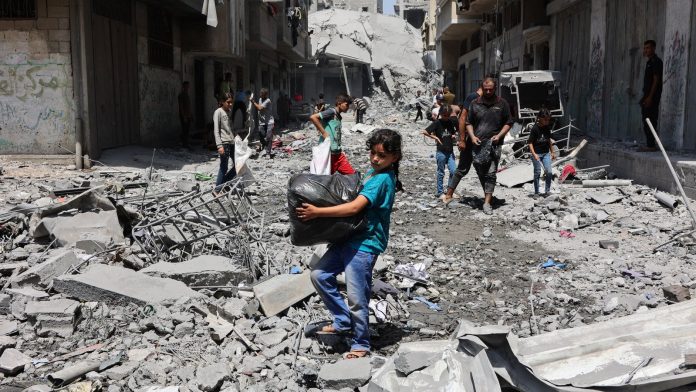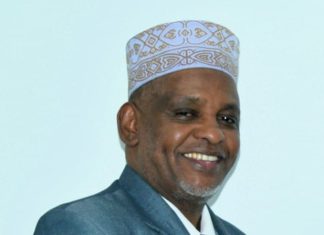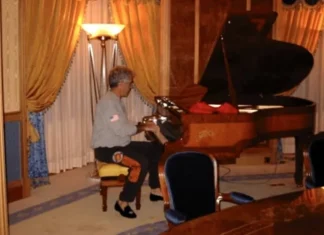
The Brink of Invasion: Gaza City’s Fate and the Human Drama Unfolding
From the heart of the Middle East comes a story pulsing with tension, fear, and the heavy weight of decisions that will shape countless lives. Israeli Defence Minister Israel Katz recently greenlit a military blueprint that will change Gaza City—and potentially the wider conflict—forever. His approval signals the launch of an unprecedented ground offensive, one demanding the mobilization of some 60,000 reservists, the largest call-up in recent years. This is no ordinary military campaign; it’s a deeply human drama unfolding amid the ashes of war.
As the glow of dawn scatters across Gaza, tens of thousands of residents are packing what little they can carry, moving west and south in a desperate bid to escape the shadow of impending violence. Streets once alive with the chaotic poetry of daily life now empty as families seek refuge from a storm they know is about to hit their doorstep.
A City on Edge: The Human Face of Military Strategy
Gaza City sits precariously at the center of this conflict, a labyrinth of narrow alleys, crowded neighborhoods, and stories etched into every worn stone. It is a place where grocery vendors once called out to familiar customers, where children played soccer in dusty courtyards, and where hope has resisted the siege for decades.
Now, with Katz’s nod to the military, that heartbeat has slowed, replaced by the grim anticipation of battle. “Every day we hear rumors of war, yet nothing prepares you for what actually happens when the fighting starts,” says Amal, a schoolteacher who fled her home with her three children. “The silence before the storm is deafening.”
The Israeli military asserts that this operation aims to root out the militants of Hamas, who still hold nearly two dozen hostages and are entrenched in Gaza’s urban sprawl. But for the ordinary citizens caught in the crossfire, the plans signal uncertainty and fear. The fact that Israel currently controls roughly 75 percent of Gaza adds a bleak dimension—meaning most of the territory is already under intense military pressure, leaving little room to hide.
Ceasefire in the Balance: Negotiating Amid War
Amid the mounting tension, a sliver of hope flickers. Egypt and Qatar—two pivotal regional mediators—have rekindled efforts to broker a ceasefire, seeking to pause the bloodshed and open pathways for humanitarian relief. The proposal on the table is ambitious: a 60-day truce coupled with complex exchanges involving hostages and prisoners, and a partial withdrawal of Israeli troops.
Majed Al Ansari, a spokesperson for Qatar’s Ministry of Foreign Affairs, described this plan as not just a fragile ceasefire but a “pathway to a comprehensive agreement to end the war.” Yet the path is strewn with obstacles. Hamas officials have countered with demands—including the release of hundreds of Gaza detainees—complicating what was initially a US-backed framework.
“It’s a tangled web,” says Dr. Lena Mansour, a Middle East conflict analyst based in Amman. “You have deeply entrenched grievances on both sides, the trauma and mistrust fueled by years, even decades, of conflict. Negotiations are less about logic and more about managing existential fears.”
Israel officially holds 50 hostages from Gaza, with reports indicating 20 remain alive. Prime Minister Benjamin Netanyahu has made it clear that no deal will be accepted without the return of all hostages. But beneath these tough words lies a nation divided.
Domestic Turmoil: Voices of Dissent and Desire
Within Israel, the call-up of tens of thousands of reservists has galvanized public debate. On one side, large-scale protests demanding peace and swift resolution, led by families of hostages and peace activists. On the other, pressure from Netanyahu’s far-right government allies, who call for the war’s continuation and even advocate for annexing Gaza.
“The longer this drags on, the more lives are shattered on both sides,” reflects Miriam Cohen, a Tel Aviv resident whose cousin is among the hostages. “We want our loved ones back, yes. But at what cost to humanity?”
The dichotomy is stark, illustrating the deeply complex emotions traffic through the hearts of Israelis and Palestinians alike.
A Crisis Beyond Borders: The Humanitarian Cataclysm in Gaza
To comprehend the scale of this conflict, one must look beyond the headlines to the staggering humanitarian toll. Since Hamas’ October incursion killed 1,200 Israelis and took 251 hostages, Israeli airstrikes and ground operations have resulted in over 62,000 Palestinian deaths, according to local health authorities in Gaza. These numbers do not distinguish soldiers from civilians, but the scale is a stark reminder of what urban warfare means for densely populated areas.
Two and a half million people call Gaza home. Most have been displaced at least once since the war escalated. Hospitals struggle under relentless pressure, food and clean water supplies are critically low, and the threat of famine grows by the day. “We are trapped in a nightmare with no end in sight,” says Ahmad Al-Masri, a volunteer for a local aid group. “Every ceasefire that fails shatters more lives.”
This crisis touches on larger questions about the global community’s role. How do we balance national security with human rights? How can humanitarian corridors be safeguarded amidst hostile fire? And how might peace be forged when both sides harbor wounds so deep? These questions resonate far beyond the region.
Reflection: Where Does Hope Lie?
As military machinery prepares to push forward, as negotiations stall and hopes hang in orbit like fragile glass, the real question haunts every witness to this conflict: What must happen for peace to truly take root?
For readers observing from afar, the unfolding events in Gaza challenge us to rethink conflict in a world where urban warfare is becoming ever more devastating. They invite us to listen—to the voices of teachers like Amal, to the protesters in Tel Aviv, to the families waiting on any word of their missing loved ones.
Is there a way forward that honors the human spirit on all sides? Can international diplomacy muster the courage to face these impossible questions with empathy and resolve? The world watches, and the future of Gaza City—and its people—hangs in the balance.
In this moment of uncertainty, we are reminded that wars are not just battles of weapons, but of hopes, memories, and the shared dream of a better tomorrow. And somewhere in Gaza’s ancient streets, that dream still flickers.









